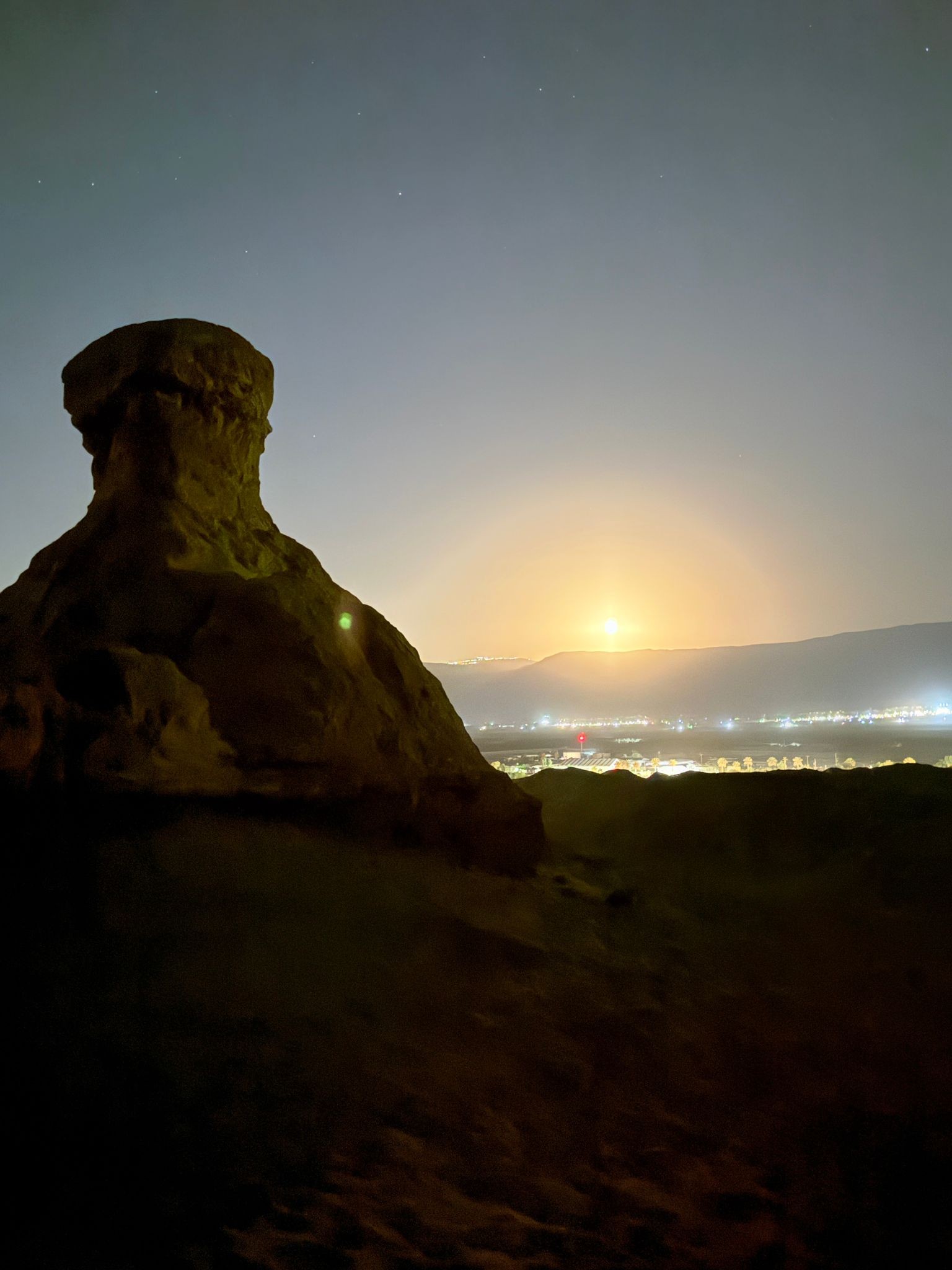THE DEAD SEA SCROLLS
The Dead Sea Scrolls: Ancient Texts That Revolutionized Biblical Studies The Dead Sea Scrolls represent one of the most significant archaeological discoveries of the 20th century. First discovered in 1947 by Bedouin shepherds in the Qumran Caves near the Dead Sea, these ancient Jewish and Hebrew texts have profoundly impacted our understanding of biblical […]

The Dead Sea Scrolls:
Ancient Texts That Revolutionized Biblical Studies
The Dead Sea Scrolls represent one of the most significant archaeological discoveries of the 20th century. First discovered in 1947 by Bedouin shepherds in the Qumran Caves near the Dead Sea, these ancient Jewish and Hebrew texts have profoundly impacted our understanding of biblical history and Second Temple Judaism.
What began with a chance discovery by Muhammad edh-Dhib and his cousin as they searched for a lost goat would eventually lead to the unearthing of over 980 different texts. The initial scrolls were found in clay jars within Cave 1 of Qumran, triggering a decade-long archaeological investigation that would reveal additional scrolls and fragments across 11 caves in the surrounding area.
The Contents of the caves
The scrolls contain a vast library of texts, dating from the 3rd century BCE to the 1st century CE. They include:
The oldest known biblical manuscripts, featuring texts from every book of the Hebrew Bible except for the Book of Esther
Previously unknown psalms attributed to King David and Joshua
Detailed community rules and religious laws
Apocalyptic texts describing battles between good and evil
Astronomical calculations and calendar systems
Commentary on biblical texts
Perhaps most remarkably, some of these manuscripts were written in the transitional period between the Old and New Testaments, offering unprecedented insights into Jewish thought and practice during this crucial historical period.
The exceptional preservation of the scrolls can be attributed to the unique environmental conditions of the Qumran Caves. The arid climate and stable temperature helped preserve the scrolls, which were primarily written on parchment, with a small number recorded on papyrus. Some texts were written in Hebrew, others in Aramaic, and a few in Greek, reflecting the linguistic diversity of ancient Judea.
Historical Significance
The Dead Sea Scrolls have revolutionized our understanding of ancient Judaism and early Christianity in several ways:
They provide evidence of the accuracy of biblical text transmission, showing remarkable consistency with later manuscripts
They reveal the diversity of Jewish thought and practice during the Second Temple period
They offer insights into the development of both Judaism and Christianity
They demonstrate the historical context in which both religions emerged
Most scholars associate the scrolls with an ancient Jewish sect called the Essenes, who lived in a settlement at Qumran. This community appears to have been deeply religious, following strict interpretations of Jewish law and believing themselves to be living in the end times. Their library, as preserved in the scrolls, reflects both their biblical scholarship and their unique theological perspectives.
Today, the Dead Sea Scrolls continue to be a subject of intense scholarly study and public fascination. Digital technology has revolutionized their study, allowing for detailed analysis and wider access to these ancient texts. The scrolls are primarily housed in the Shrine of the Book at the Israel Museum in Jerusalem, where advanced conservation techniques ensure their preservation for future generations.
The Dead Sea Scrolls remain one of archaeology’s greatest treasures, providing an unparalleled window into ancient Jewish religious life and thought. Their discovery has enhanced our understanding of biblical texts and their transmission, while simultaneously illuminating the rich diversity of ancient Judaism. As technology advances and scholarship continues, these ancient texts continue to yield new insights into our religious and cultural heritage.
The impact of the Dead Sea Scrolls extends far beyond biblical studies, offering valuable insights into the development of Western religion and the preservation of ancient texts. Their discovery and ongoing study represent a remarkable bridge between the ancient and modern worlds, continuing to influence religious and historical scholarship in the 21st century.







